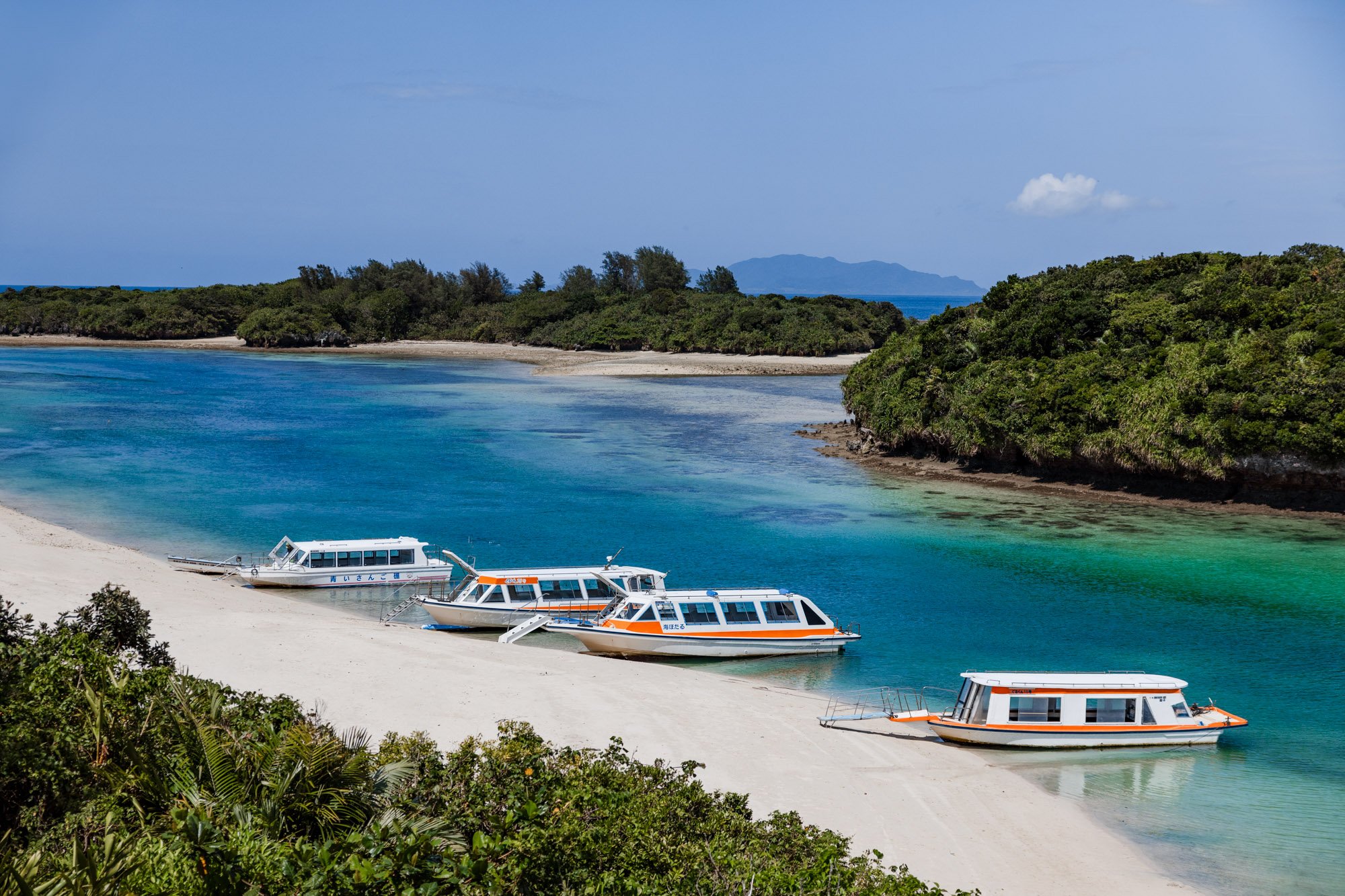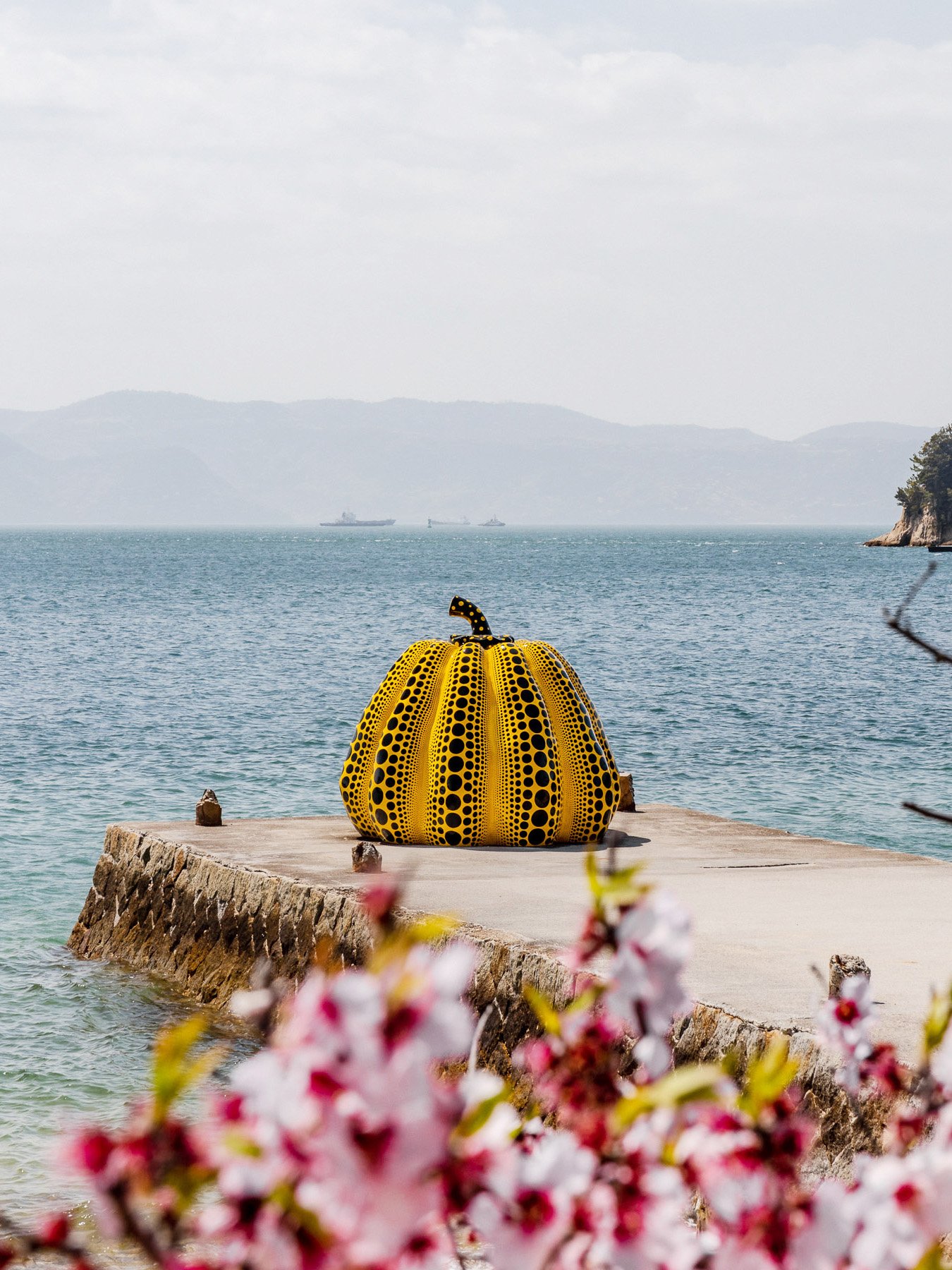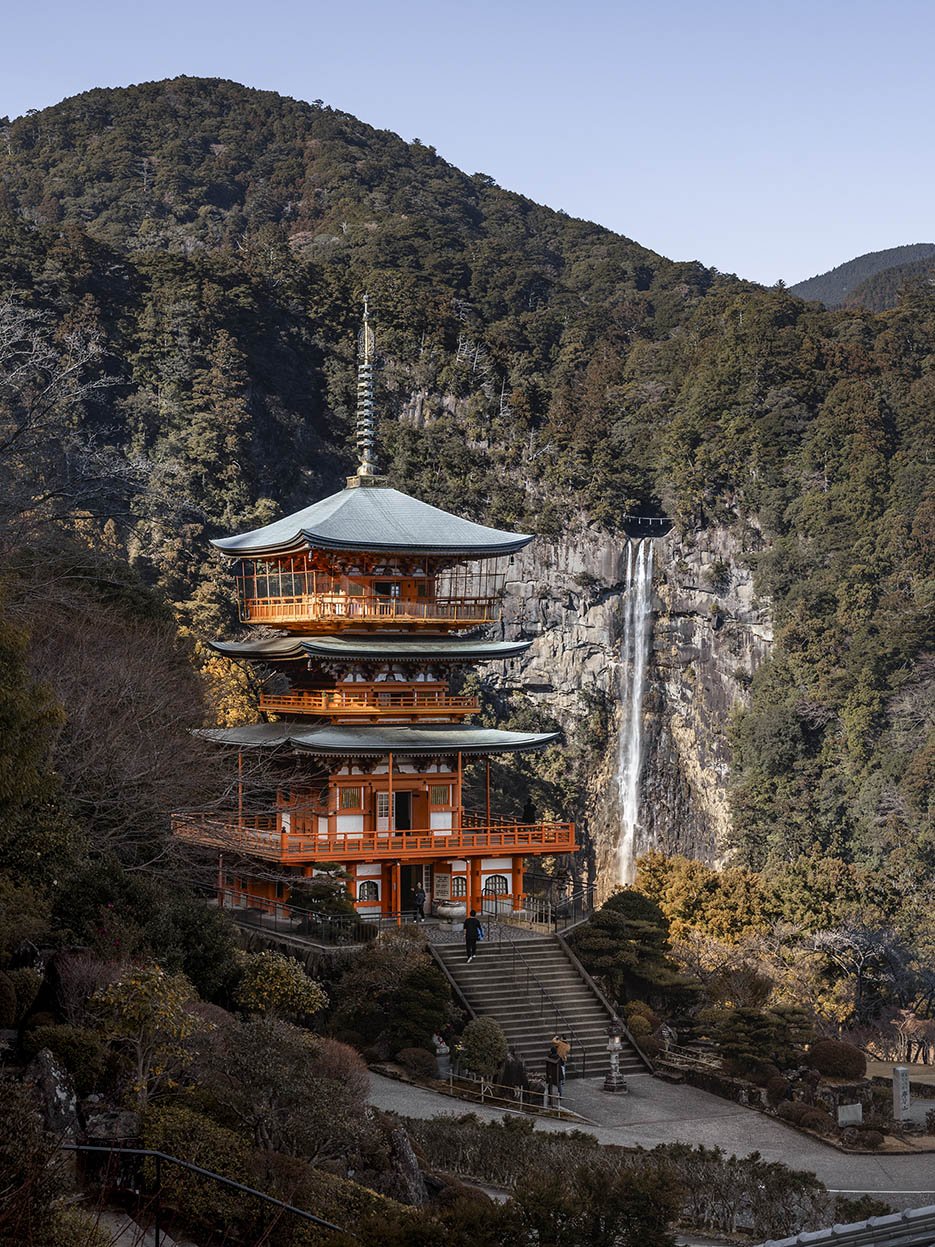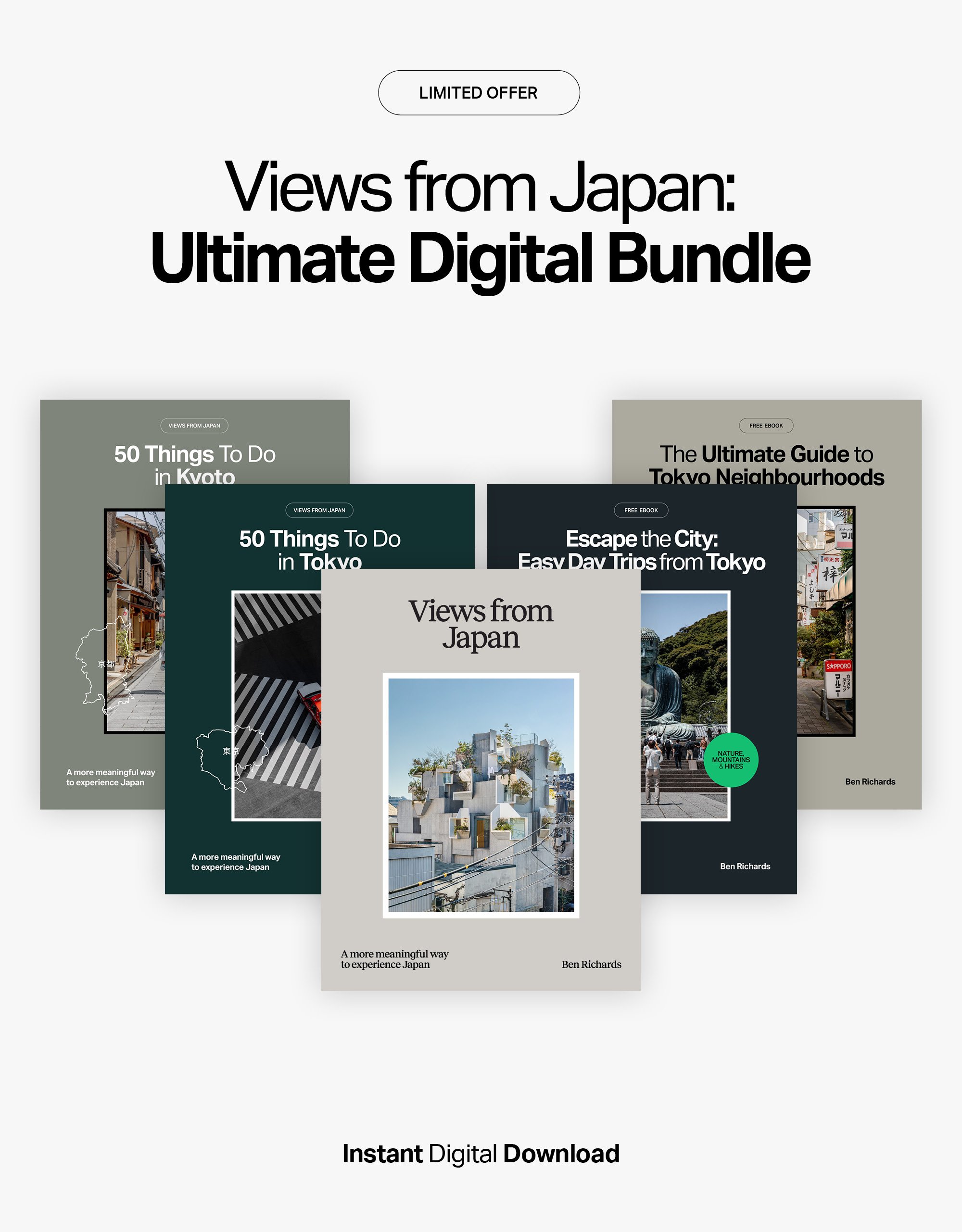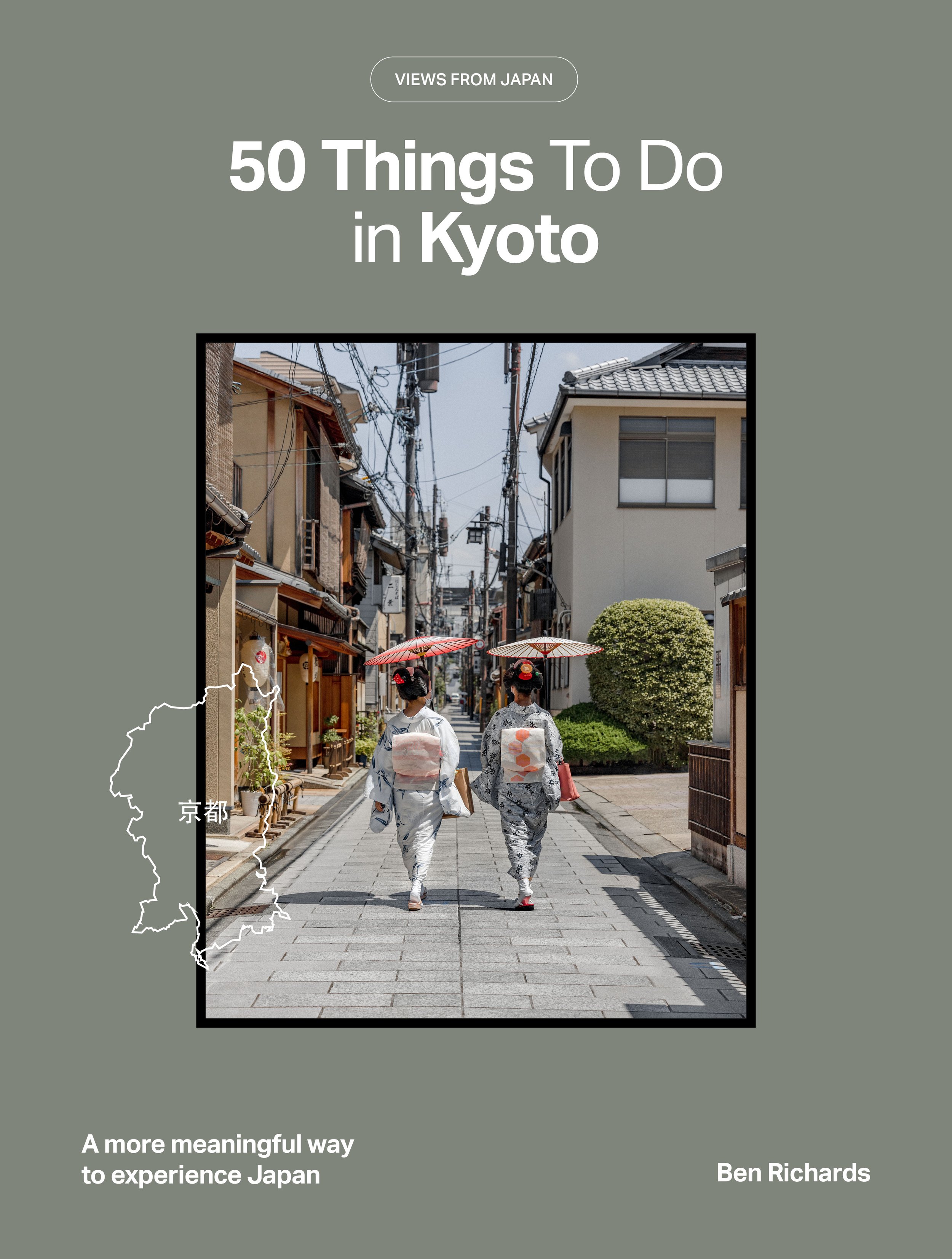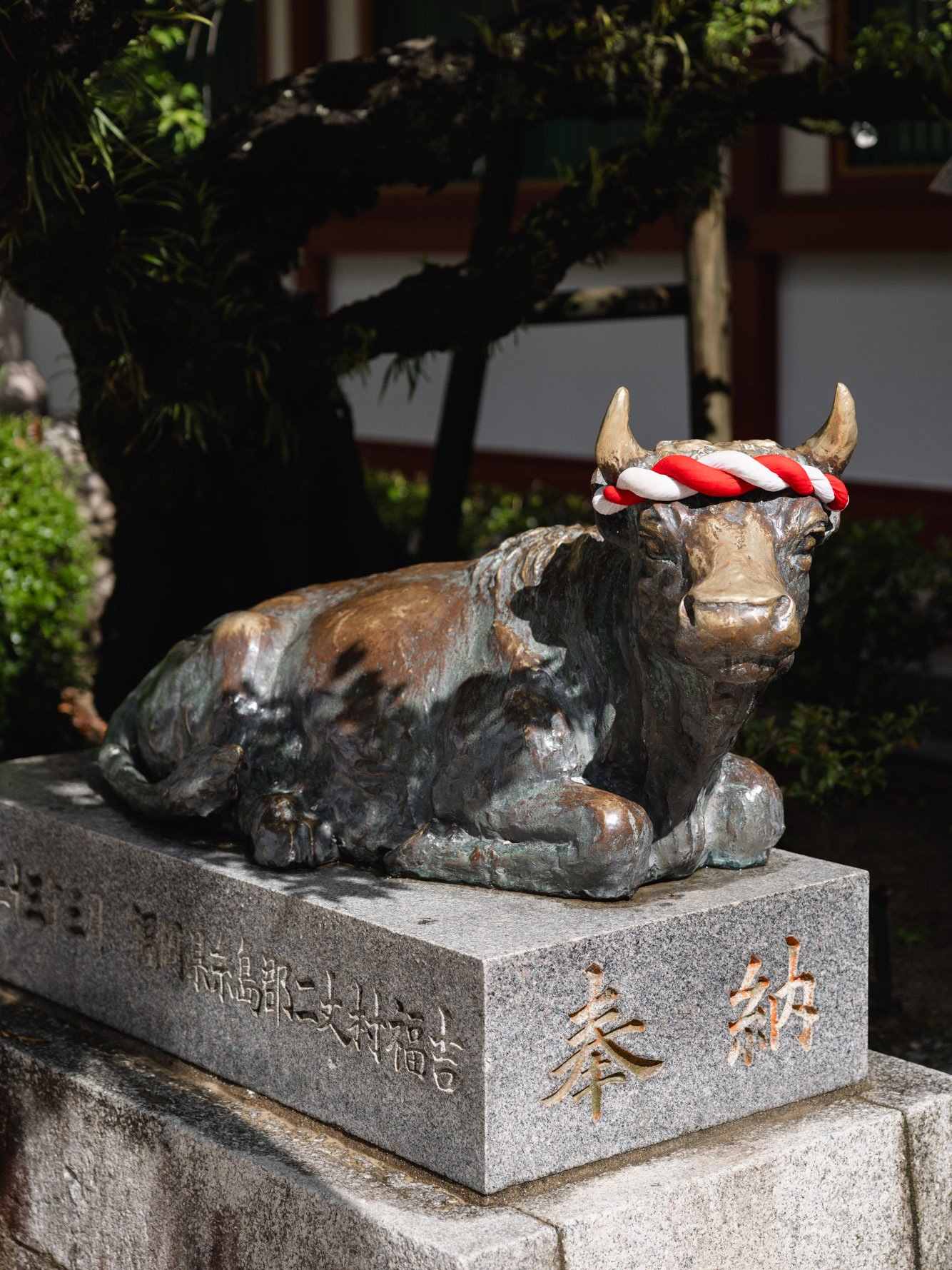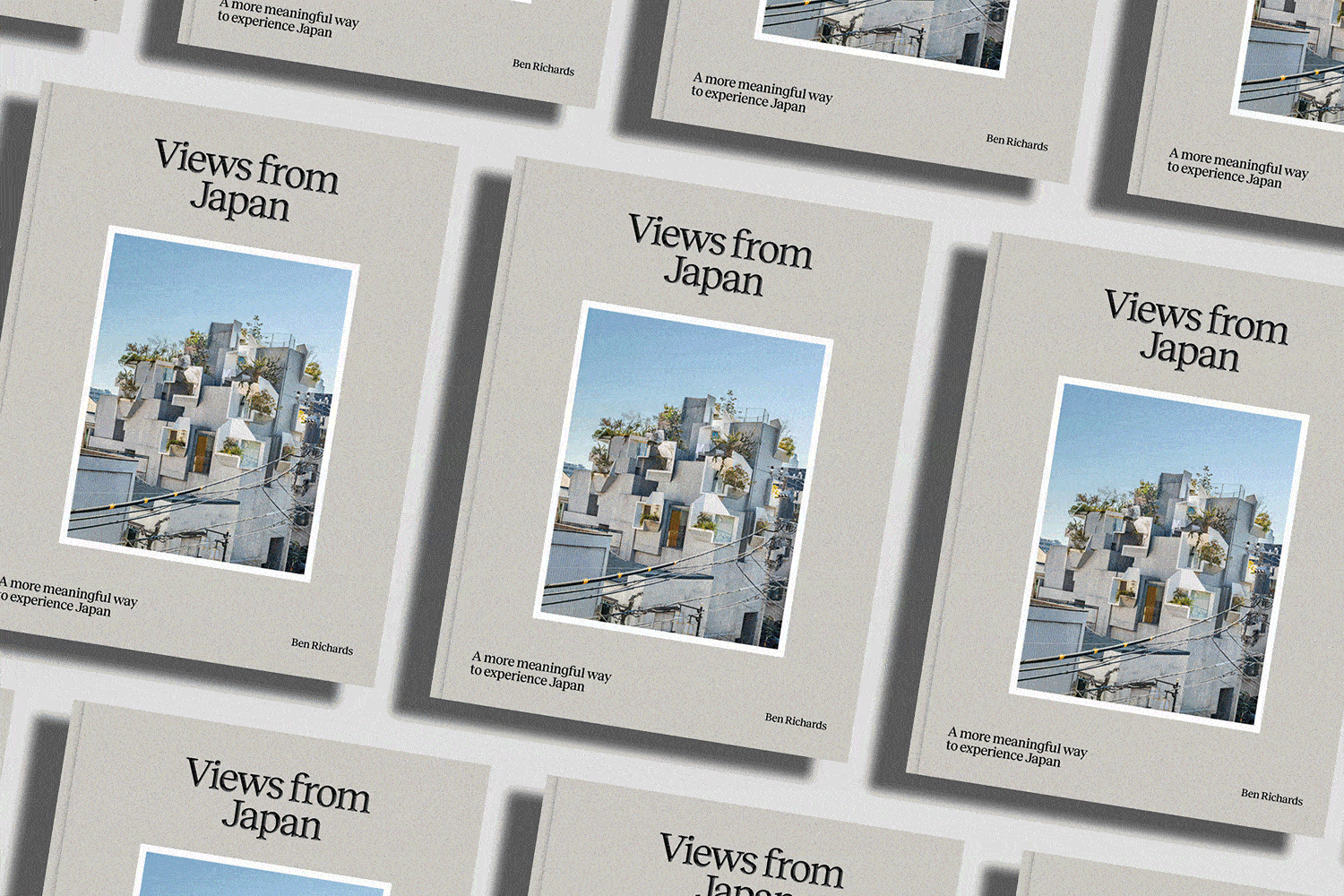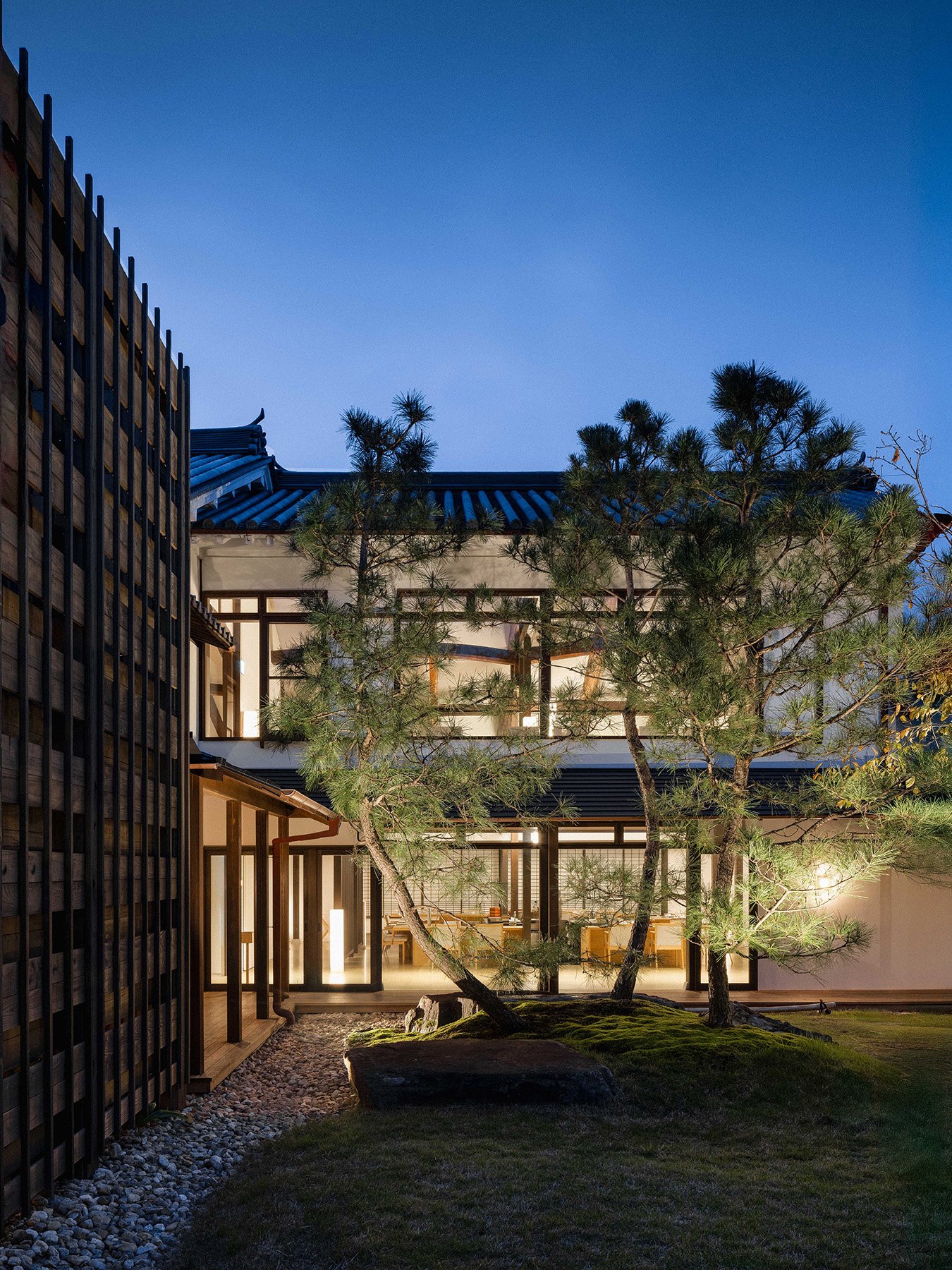The Best Times to Visit Japan: A Month by Month Guide
Japan has 47 prefectures which span an incredible range of landscapes and cities, where you can experience everything from snowy peaks to volcanic hot springs, paradise islands and undisturbed wilderness. Many regions are tied closely to weather, such as the Japanese Alps, popular for snowsports in winter, or Okinawa’s coral reefs, where tourists normally head in summer – each prefecture has its own charm throughout the year. You can explore ancient forests and preserved villages without the crowds or visit national parks in season to see wild brown bears; whichever month and region you choose, Japan’s wild and varied landscapes promise adventure in all seasons.
January: Nagano
January is the perfect time to head to Nagano, known for its dramatic mountain ranges, which are carpeted in deep snow at the start of the year. Nagano is popular for snowsports opportunities thanks to its fame from hosting the 1998 Winter Olympics, but this prefecture has more to offer, including the snow monkeys in Jigokudani Yaen Koen and the beautiful Nakasendo Way hiking trail. It’s also worth exploring the cities of Nagano and Matsumoto themselves, where you can find the famous Matsumoto Castle, Togakushi Shrine and Zenkoji Temple.
Pro tip: Don’t miss a visit to Tsumago, one of the best-preserved Edo-period towns in Japan to see the authentic ryokan and Minshuku lining the streets.
Check out the latest deals and availability for hotels in Nagano.
February: Okinawa
February may not be an obvious time to plan a visit to Okinawa, but this is exactly why it’s ideal. The weather is mild and clear, and there are far fewer tourists, so although the waters are cooler, you can discover the soft, white sand beaches without the crowds and visit off-the-beaten-track spots. Places not to miss include Ishigaki Island, which has some of Japan’s best beaches, jungles and mangrove forests. From here, it’s an easy high-speed trip to Iriomote Island, home to UNESCO-protected jungle, caves and waterfalls where you can spot the rare Iriomote wildcat.
Pro tip: For an adventure few know about, Taketomi Island hides just three tiny villages with Ryukyu houses and cute local cafes and boutiques, perfect for a slice of traditional Japanese life.
Check out the latest deals and availability for hotels in Okinawa.
Discover more lesser-known destinations, bucket list experiences and unique hotels in my brand new guidebook, Views from Japan.
March: Tokyo
Any month is a good month for Tokyo; however, catching sight of the pretty pink sakura in bloom is an experience like no other. Although you might face some crowds, particularly in popular blossom-watching areas like Shinjuku Gyoen, to get a taste of the real Tokyo, make sure to wander around its many neighbourhoods. You can find equally stunning views of the blossoms in Nakameguro while exploring this artistic neighbourhood's cafes, bars, and shops. You can also escape into nature in Kichijoji, which is filled with serene parks and independent boutiques.
Pro tip: The fortnight when cherry blossoms bloom is one of Tokyo’s busiest times, so book dining and experiences ahead of time and explore away from the central, busy areas when you can.
Check out the latest deals and availability for hotels in Tokyo.
Looking for more Tokyo inspiration? Download your free Tokyo Neighbourhoods guide here
April: Kyoto
Kyoto is equally beautiful in April when the sakura comes out in a dozen pastel pinks, and the historic former capital has lots to discover in the mild April weather. Why not escape the crowds and experience some of Kyoto’s alternative activities on offer, including a visit to The Garden of Fine Arts, designed by Kengo Kuma, or sample the freshest green tea at Wazuka Tea Farm. Temples and shrines, such as Kodai-ji Temple and Yasaka Shrine, are particularly photogenic when surrounded by blossoms. For the best view over the city, get up high at K36, a rooftop bar offering panoramic views in the heart of the city.
Pro tip: Although Kyoto city is the most famous place to go, don’t forget that the prefecture has other stunning areas such as Uji and Miyama.
Check out the latest deals and availability for hotels in Kyoto.
May: Kagawa
Kagawa is Japan’s smallest prefecture but is packed with plenty to see, with most people drawn here to see the eclectic mix of beauty and nature in Naoshima and the art islands. Naoshima, and its neighbouring island Teshima, hold incredible artworks by renowned artists, such as the yellow pumpkin by Yayoi Kusama, and pieces by James Turrell and Lee Ufan. Benesse House doubles as a hotel and museum, with designs by Tadao Ando and an amazing mix of indoor and outdoor installations that blend into the landscape, while at Teshima Art Museum, light, wind and sound are used to create an immersive experience.
Pro tip: The best way to get around at your own pace is by renting electric bikes to explore all of the free art installations, cafes and restaurants.
Check out the latest deals and availability for hotels in Kagawa.
Discover more unique experiences across Tokyo in my brand new eguide series, 50 Things to Do in Tokyo.
June: Niigata
Niigata is popular for skiing in the winter, particularly on the slopes of Myoko Kogen, a volcano home to Japan’s oldest resort. But the warm June weather brings its hiking trails, hot springs and stunning coastal scenery to life and visitors can see lush rice terraces in Tokamachi, get into nature on Sado Island and try the seafood and sake for which the region is famous. There’s also Echigo Tsumari Art Field, which is 760sq/km of outdoor space dotted with unique artwork by notable creators, which blends into the surroundings and uses the local buildings and schools as part of the artwork.
Pro tip: Try and catch the Echigo Tsumari Triennial in 2024, which is taking place between 13 July–10 November, when hundreds more artworks will be added to the area.
Check out the latest deals and availability for hotels in Niigata.
July: Wakayama
When Japan’s peak summer hits, the best way to avoid the heat is to seek respite in nature. Wakayama is the country’s spiritual heartland, home to the ancient temples of Koyasan and the Kumano Kodo pilgrimage trail, a thousand-year-old path that winds through mountains and forests. Along the way are sights like Nachi Waterfall, Japan’s tallest waterfall and Kumano Hongu Taisha, one of the region’s three most sacred shrines. Nearby, you can find the cherry red Seiganto-ji Temple and Kumano Hongu Taisha, fronted by Japan’s tallest torii gate.
Pro tip: Summer is a great time to hike the Kumano Kodo, but the weather can change as you climb, and it can get wet when you walk through the forests, so wear breathable clothes and sturdy shoes.
Check out the latest deals and availability for hotels in Wakayama.
Discover Japan, Tried & Tested by a Local
August: Aomori
If you’re trying to escape August’s heat, heading north to Aomori means discovering unspoiled wilderness, lakes, mountains and unrivalled contemporary art and architecture. The natural landscapes and coastline produce Japan’s best apples and seafood and boast UNESCO-listed sites like the ancient beech forest of Shirakami-Sanchi, while the geology is volcanic, meaning hot springs are abundant. In summer, the main city of Aomori hosts Nebuta Matsuri, a huge festival of light featuring lanterns, floats and dancers and elsewhere in the city lies Towada Art Center, one of Japan’s best contemporary art spaces.
Pro tip: If you plan to watch the Nebuta Matsuri, there’s plenty of free and reserved seating with tickets available from convenience stores.
Check out the latest deals and availability for hotels in Aomori.
September: Kagoshima
As the summer heat begins to cool, the scenic islands, ancient forests and dramatic volcanoes in Kagoshima become alluring and colourful. Start with Amami Oshima, a subtropical island with soft sandy beaches and mangrove forests you can explore by kayak. The island of Yakushima is equally impressive, where you can hike to the Ohko-no-taki Waterfall, which is voted one of the most beautiful falls in Japan. Also on the island is Yakusugi Land, a protected landscape rich in ancient yakusugi trees which has a variety of hiking paths venturing into the wilderness.
Pro tip: If you’re visiting Yakushima and Amami Oshima, you won’t want to miss the rugged hikes, so bring hiking gear and waterproofs, as the weather can be wet even in September.
Check out the latest deals and availability for hotels in Kagoshima.
October: Hokkaido
As the early autumn scenery begins to burst into colour each October, it’s time to explore the untouched countryside in Hokkaido. For fiery foliage, don’t miss Shiretoko National Park, home to brown bears, mountain landscapes and sparkling lakes, such as Lake Mashu, the clearest lake in the world. Find contrast in the city of Sapporo, where Nakajima Park offers respite from the crowds and is filled with art, teahouses and a Japanese garden. To dive further into the city’s art scene, Sapporo Art Park features a museum, studio, craft classes and exhibitions that change with the seasons to both admire and create art.
Pro tip: If you’re a photography enthusiast visiting Shiretoko, don’t forget to take a telephoto lens to capture the best photos of the wildlife from a safe distance.
Check out the latest deals and availability for hotels in Hokkaido.
November: Ishikawa
Ishikawa Prefecture is steeped in history, art and crafts which can be enjoyed as the weather starts to cool and the autumn leaves flood through the cities, parks and gardens. The major city of Kanazawa is Japan’s craft capital and is filled with unique Edo-period wooden buildings. Throughout November, the bright red and orange autumn leaves are splashed across Kenrokuen Garden, and hidden down these streets are artisans crafting gold leaf creations, bamboo baskets and samurai swords, while Kazuemachi Chaya is the city’s tea district, one of the best spots to visit a private geiko teahouse.
Pro tip: Kanazawa is home to some of the last private geisha teahouses and there’s no entry without an introduction, known as ichigensan okotowari, so book in advance to ensure you don’t miss out.
Check out the latest deals and availability for hotels in Ishikawa.
December: Fukuoka
Although Japan has some of the world’s best skiing regions, there’s far more to be enjoyed in the country in winter than snowy peaks. In Fukuoka, a harbour city on Kyushu, lie some of the region’s most spiritual temples and shrines, tranquil parks and local food. Tochoji Temple is one of the city’s most striking buildings, a tiered red pagoda home to ancient Buddhist artwork, and just outside the city, Dazaifu Tenmangu Shrine has stood for 1000 years dedicated to the Heian-period scholar Michizane. On the outskirts of the city is perhaps its most breathtaking sight, Nanzoin Temple, where the world’s largest bronze reclining Buddha statue towers over the surroundings.
Pro tip: Fukuoka is also well-known for its food scene, so make sure to stop by the city’s yatai (open-air food stalls) to try yakitori, oden and the famous Hakata Ramen noodles in pork broth.
Check out the latest deals and availability for hotels in Fukuoka.
Affiliate Disclosure: Please note this post may contain affiliate links. By purchasing via these links, I may earn a small commission at no additional cost to you. It’s a big help to keep this site up and running and I only promote products and services that I personally use and trust. Thanks!
Bored of seeing the same recommendations for over-crowded locations in Japan?
For the design-conscious, culturally curious and forward-thinking travellers amongst us, Views from Japan is a brand new travel guidebook that gives you all the tools you need to unlock remote destinations, delve into unique cultural experiences and discover lesser-known neighbourhoods, without spending hours trawling the web or following generic itineraries.


